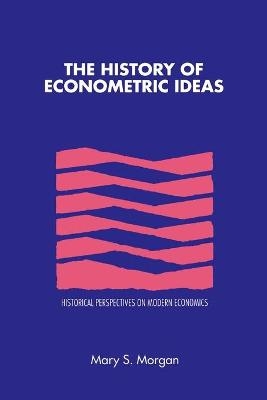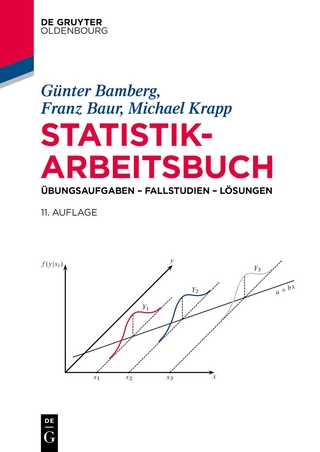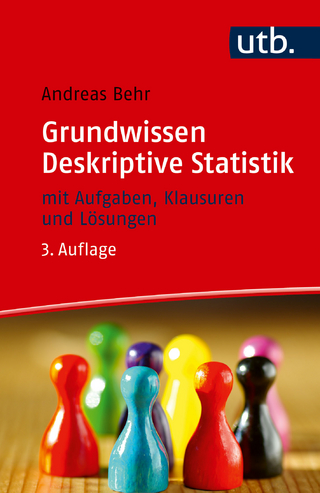
The History of Econometric Ideas
Cambridge University Press (Verlag)
978-0-521-42465-3 (ISBN)
List of figures; Preface; Acknowledgements; Introduction; Part I. Business Cycles: Introduction to business cycles; 1. Sunspot and Venus theories of the business cycle: 1.1. Jevons' sunspot theory; 1.2. Moore's Venus theory; 1.3. The decline of periodic cycle analysis; 2. Measuring and representing business cycles: 2.1. Juglar's credit cycle; 2.2. The statistical approach of W. C. Mitchell; 2.3. Persons and business barometers; 2.4. The business cycle research institutes; 2.5. Statistical economics and econometrics; Addendum: graphs and graphic methods; 3. Random shocks enter the business cycle scene: 3.1. The experiments of Yule and Slutsky; 3.2. Frisch's time-series analysis; 3.3. Frisch's rocking horse model of the business cycle; 4. Tinbergen and macrodynamic models: 4.1. The Dutch model; 4.2. The first League of Nations' report; 4.3. The second League of Nations' report; 4.4. the critical reaction to Tinbergen's work; Part II. Demand Analysis: Introduction to demand analysis; 5. Narrowing the data-theory gap in demand analysis: 5.1. Difficulties in early statistical measurements of demand; 5.2. Static theory and time-series data; 5.3. Econometric models of demand; 5.4. The data-theory gap under review; 6. The evolution of identification questions: 6.1. The emergence of correspondence problems; 6.2. Identifying the demand curve; 6.3. The identification of two relationships; 6.4. Back to the single demand curve; Part III. Formal models in econometrics: Introduction to formal models; 7. Errors-in-variables and errors-in equations models: 7.1. Errors and the single equation; 7.2. Errors and interdependent relationships; 7.3. Postscript: measurement errors and the method of instrumental variables; 8. Haavelmo's probability model: 8.1. Statistics without probability; 8.2. Signs of change; 8.3. Haavelmo's probabilistic revolution in econometrics; 8.4. The new consensus; Conclusion; References; Index.
| Erscheint lt. Verlag | 29.11.1991 |
|---|---|
| Reihe/Serie | Historical Perspectives on Modern Economics |
| Zusatzinfo | Worked examples or Exercises |
| Verlagsort | Cambridge |
| Sprache | englisch |
| Maße | 153 x 228 mm |
| Gewicht | 470 g |
| Themenwelt | Wirtschaft ► Volkswirtschaftslehre ► Ökonometrie |
| ISBN-10 | 0-521-42465-8 / 0521424658 |
| ISBN-13 | 978-0-521-42465-3 / 9780521424653 |
| Zustand | Neuware |
| Haben Sie eine Frage zum Produkt? |
aus dem Bereich


